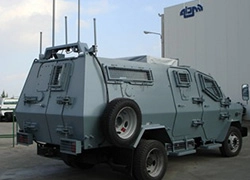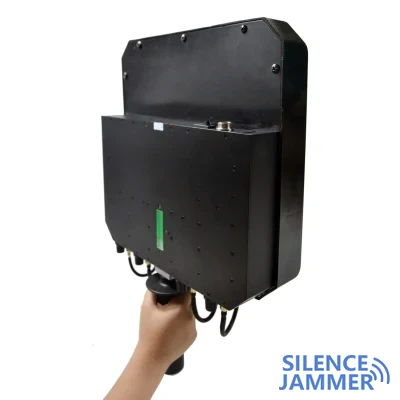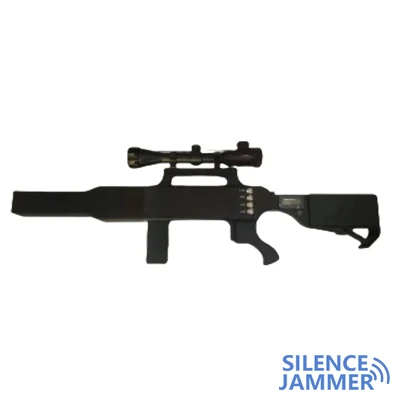With the rapid development of drone technology, the Indian military has accelerated the deployment of countermeasures to deal with threats from neighboring countries. On January 14, the Indian Army approved the plan to purchase 20 vehicle-mounted drone signal jammers, and issued a new round of proposal requests on January 20, hoping to quickly purchase 200 portable drone signal blockers to enhance its anti-drone combat capabilities. These new systems will be equipped with multi-sensor technology to detect and respond to drone threats in multiple directions.
The vehicle-mounted drone signal jammer mainly adopts a multi-sensor solution, combining RF detectors, 3D radars and GNSS signal jammers, and integrates a command and control (C2) system, aiming to detect, track and eliminate drone threats within a range of 10 kilometers. The portable version is mainly flexible and maneuverable. The system must have the ability to capture targets within 5 kilometers and can implement effective jamming at a distance of 2 kilometers. It is designed for high-altitude operations, can operate continuously for 2 hours, and conduct continuous jamming operations for up to 30 minutes. The weight of each portable component is controlled below 25 kg, and the total weight does not exceed 100 kg to ensure convenient deployment.

Indian military takes measures to deal with multiple threats
In recent years, Pakistan has frequently used drones to smuggle weapons, explosives and drugs across the border, leading to increasingly tense security situations in India. The Indian military's counter-strategy does not rely solely on imported equipment, but gradually turns to localized production. For example, the D4 anti-drone system developed by the Indian Defense Research and Development Organization (DRDO) has been mass-produced and equipped by Bharat Electronics (BEL). The D4 system has optoelectronic, radio frequency sensors and 2-kilowatt laser hard kill capabilities, and is called NADS (Navy Anti-drone System) in the Navy.
The Indian Air Force and Navy are also promoting the deployment of various anti-drone systems. The Air Force has purchased 25 Zen anti-drone systems (ZADS) and further enhanced its anti-drone capabilities through Bell's upgraded L-70 anti-aircraft guns. The Navy has purchased the Israeli SMASH 2000 Plus EO small arms sight for precision strikes against small drones.
Several Indian companies are also accelerating the introduction of localized anti-drone technologies, including systems displayed by Larsen & Toubro (L&T) and Adani Defense that have been tested by the armed forces. These systems use radar, radio frequency sensors and optoelectronic tracking systems, and can integrate laser hard kill technology to achieve soft and hard kill integration. Adani's Rudrav system can detect more than 100 targets and is equipped with high-power drone jammers and laser rangefinders, with strong autonomous combat capabilities.
With the increasing tensions on the border, especially the frictions in the Line of Actual Control (LAC) area on the Sino-Indian border, the Indian military is seeking more powerful counter-drone solutions to deal with potential threats, including China. The People's Liberation Army (PLA) has deployed drone swarms during the Sino-Indian standoff, and the Indian Army is also planning to purchase similar drone swarm systems to deal with possible border conflicts in the future.
In the future, the widespread use of vehicle-mounted and portable vehicle-mounted drone jammers will help the Indian military strengthen its defense against drone swarms and cruise missiles, supplement its existing point defense systems, and ensure border security and protection capabilities of important facilities.




